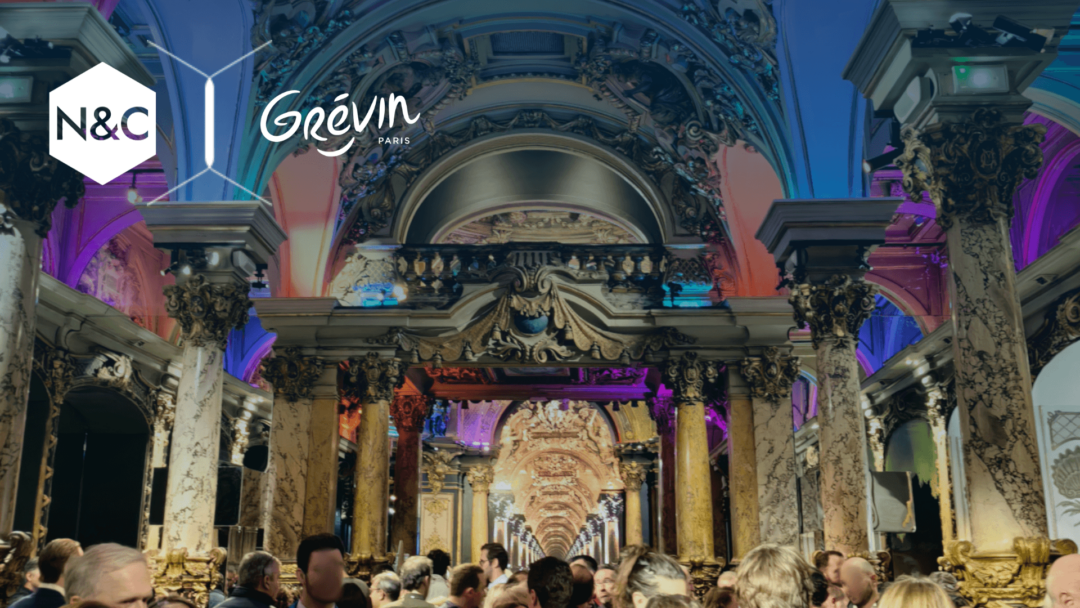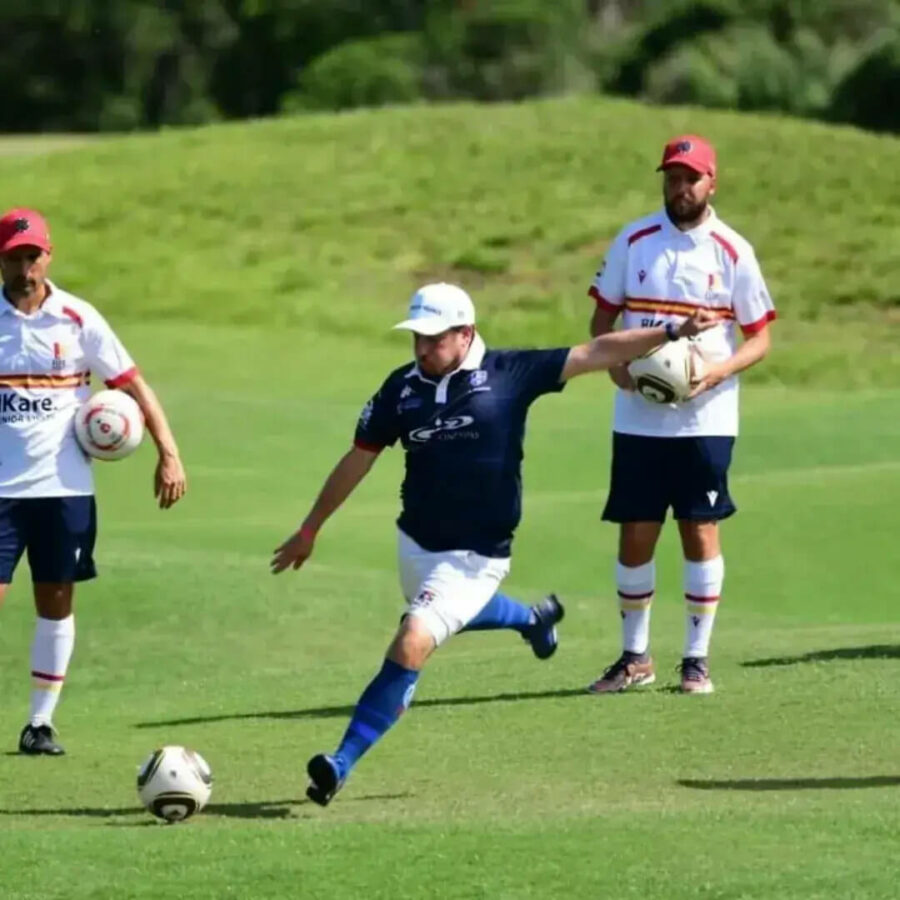When we tell you that Revenue Management applies to everything… In the 10 years we’ve been with N&C, we’ve worked with over a hundred companies in more than 30 different sectors. Recently, we were fortunate enough to train a fine Bordeaux-based company from a sector that is the pride of France: a wine estate, Château Haut-Lagrange.
While we often use a restaurant wine list as an example in our training courses to explain the principle of price anchoring*, we had rarely delved into the question of RM in wine. And yet… !
Wine, a niche sector in Revenue Management
Wine is a limited resource for the winegrower: the number of bottles produced per vintage is fixed. As soon as there are no more 2019 reds, you can’t make any more. So how do you know if you’re selling too fast, or not fast enough? What’s the right sales rhythm? How long should a vintage be kept for sale? 1 year, 2 years, 3 years, more? Certainly, if you’ve sold out the entire production of a cuvée in less than a year, making it impossible to make the transition to the next vintage – there’s no more white to sell – you’re in a bind. The selling price should have been higher.
Although we’re no longer on the same level as a few years ago, when the wine only reached maturity after a decade or so, it’s still advisable to wait a while before drinking a vintage. If the château keeps its vintages longer and offers them to its customers at maturity for immediate tasting, the price can be – must be – higher. You’re no longer buying a vintage, but a mature vintage to drink now. It’s like the bottle of water we’re willing to pay more for in the middle of summer.
What do you need to pay attention to when yielding wine?
The distribution mix also needs to be carefully considered. While it can be interesting to sell a certain quantity to wholesalers (they pay less in exchange for a certain volume), sales to the estate are the most profitable and are highly seasonal, particularly during the summer and summer weekends. And in fact, if you look at the sales figures, you’ll see that this demand is entirely predictable. It is therefore possible to make sales forecasts and clearly define what we will sell to wholesalers and wine merchants. And… as with the weather in other sectors, where its impact on sales is overestimated, the vintage does not seem to play a role in the pace of sales. Customers have come to the estate to taste the wine, with a view to buying if they like it. In the end, the vintage doesn’t matter.
Just as restaurants have several references on the menu, for a winegrower, having several vintages to sell – which means keeping bottles for several years – means being better able to offer a wine that will please the consumer. It’s easier to find what you’re looking for when you’re offered five pairs, rather than just one.
Finally, accounting is interesting and brings its share of mirage advances**. You can congratulate yourself one year on having sold well, by having sold many bottles. But in that one fiscal year, sales of all vintages are taken into account. If we increase our rate of sales year after year without increasing production, we’ll de facto run out of stock at some point. And if we have to maintain a certain level of sales each year to pay our expenses (which remain fixed regardless of production), we have to maximise the sales of each vintage.
Add to this the fact that the number of bottles produced can vary by as much as a factor of three, depending on the vagaries of the weather, and you’ve got quite a cocktail on your hands when it comes to finding the right price!
A few notions to define
*You have 3 wine references on a menu, at €5, €10 and €15. The customer will tend to prefer the middle ground. Neither the cheapest – considered too low-end – nor the most expensive, but rather the one at 10€. But if the wine list includes wines ranging from €5 to €150, the €10 price tag will not be chosen, as it will be considered too low-end in comparison with wines priced over €100. Their choice will be for a wine costing a few dozen euros more. You sell for more simply by adding a bottle at a very high price, a bottle that may never be sold.
**Mirage advance is an advance that will eventually melt away. This happens when you’re ahead of last year with the same stock to sell, and everything ended up selling last year. Your advance can only melt away, since you have less stock left than last year, and all the stock left over from N-1 has finally sold out. We thought we were in a good situation, but we’re not…
Keywords: Wine, winegrowing, Revenue Management, price anchoring, distribution, mirage advance


